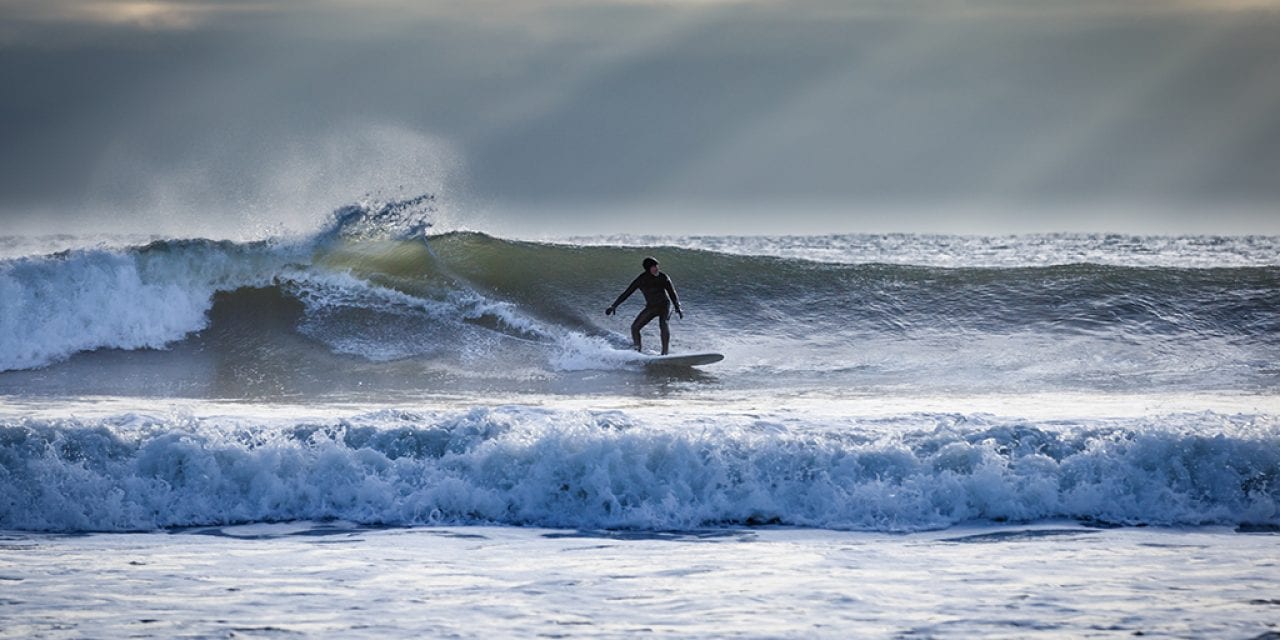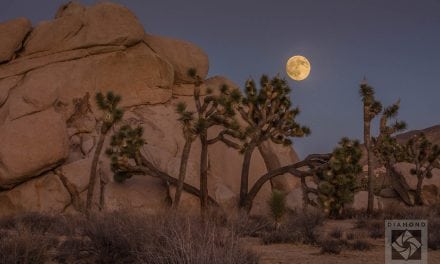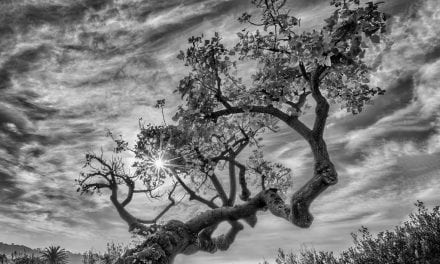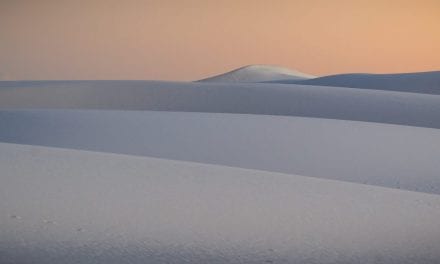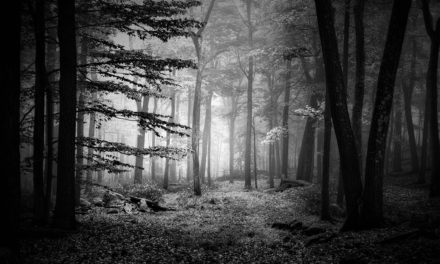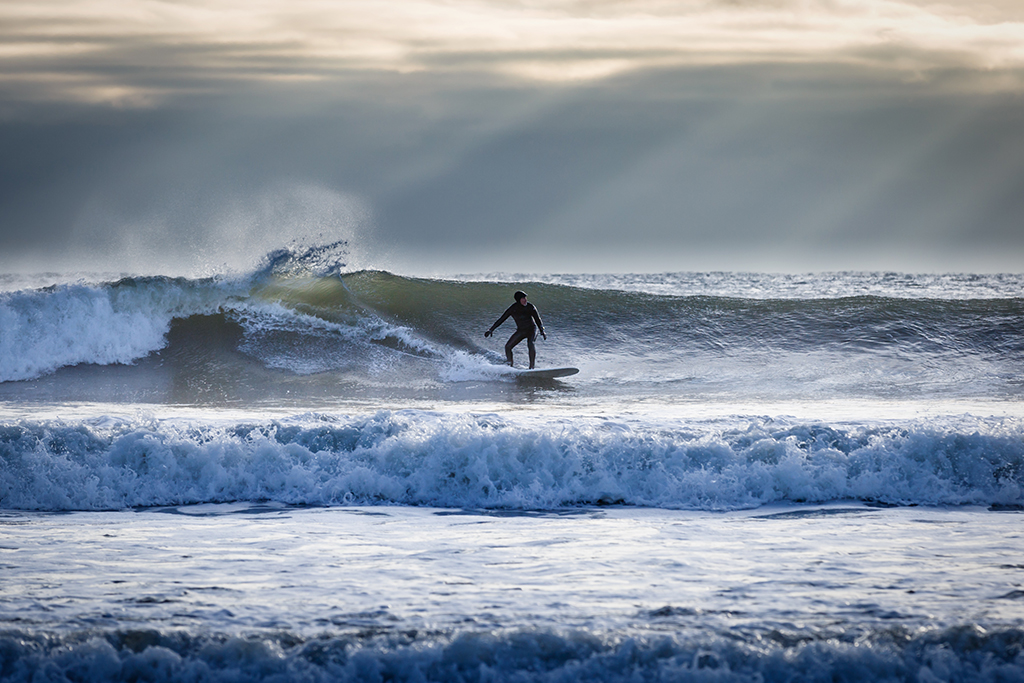
New Hampshire winters are cold and snowy. Mid-January of this year was especially brutal, with temperatures below zero for several consecutive days. But with this sudden extreme cold comes the opportunity to photograph “sea smoke” along the coast. Sea smoke is water vapor that forms when extremely cold air moves over warmer water and the thin boundary layer of warm air just above the surface. As the evaporating water rises, it condenses into a fog or sea smoke.
Having some luck photographing sea smoke in Rye Harbor the previous week, I woke up early on a Sunday morning and drove out to the coast to photograph the sunrise coming up over Whaleback Lighthouse in New Castle. The temperature was -5 degrees Fahrenheit with strong wind. The wind chill temperature had to be around -20 degrees Fahrenheit. Unfortunately, the sunrise was a disappointment as clouds covered the horizon, and because the ocean temperature had dropped, there was no sea smoke.
Rather than just head home, I decided to drive down Route 1A South along the coast to see if I could find something to photograph. As I drove by Jenness Beach in Rye, I saw surfboards mounted on cars. This piqued my interest, so I pulled into the parking lot. As I walked out to the beach, I was surprised to see about a half-dozen people clad in full dry suits surfing some pretty nice waves.
New Hampshire surfers are known to surf in extreme weather when the waves are good, but this was beyond anything I had seen before. I ran back to the car, mounted my 70-200mm lens and ran back to the beach. It was bright enough to leave my ISO at 100, and shooting at ƒ/5 provided enough depth of field while also giving me a shutter speed of 1/400 sec., which was fast enough to freeze the action. As I started shooting, I realized I left my gloves in the car. After a couple dozen images, I had to stop as my fingers were starting to experience that “pins and needles” ache from the cold.
As I sat in the car warming my hands over the dash blower and reviewing the images on the back of my camera, this image stuck out. I had watched this particular surfer eyeing waves to pick. As he started to take off and rise to a stand, I started firing the shutter. I followed his descent down and across the wave, trying to leave enough open space in front of him so the composition would work. I had learned from photographing my son’s college lacrosse games that you have to keep firing the shutter to catch that one magic moment. In this case, I was fortunate to catch the mid-wave descent with the board trail from the top of the wave.
The lesson learned from this experience is that even though your planned shoot may not work out, don’t just pack it in. Explore a little and see what you can find.
See more of Gary Sherman’s work at garyshermanphotography.smugmug.com.
Canon EOS 5D Mark III, Canon EF 70-200mm f/2.8L USM at 180mm, Breakthrough Photography X4 CPL circular polarizer. Exposure: 1/400 sec., ƒ/5, ISO 100.
The post Sub-Zero Surfer appeared first on Outdoor Photographer.

